Discover Welding Where Art Meets Metal
Welding is more than just a process of joining metals; it's a captivating fusion of art and technology that shapes our world in countless ways. From towering skyscrapers to intricate sculptures, welding plays an essential role in creating structures that are both practical and artistic. It's the craft that brings strength and beauty together in perfect harmony.
The Power of Precision
Precision in welding is paramount. Every weld, whether it's on a monumental structure or a delicate piece of art, requires meticulous attention to detail. Welding techniques have evolved significantly, allowing for more precise and reliable welds. This precision is critical in industries ranging from construction and automotive to aerospace and manufacturing.
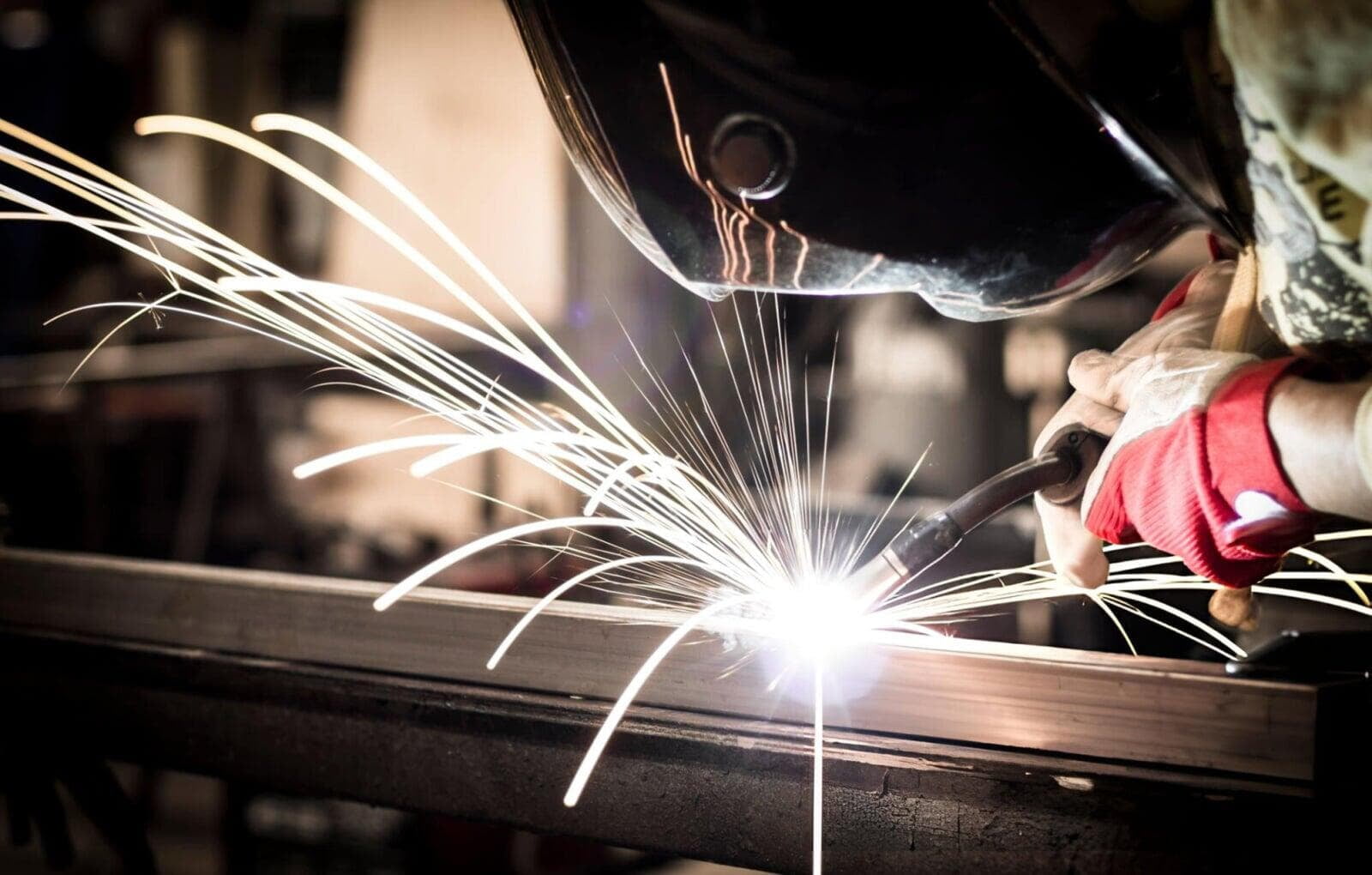
Mastering the Flames: Key Welding Techniques
There are several welding techniques, each with its own unique applications and benefits. Here, we explore some of the most prominent methods
Arc Welding
Arc welding is one of the most versatile and robust welding techniques. It uses an electric arc to melt metals at the welding point, creating a strong bond upon cooling. This method is widely used in construction and industrial applications due to its strength and adaptability. Arc welding is essential for heavy-duty projects, making it a cornerstone of the welding industry.
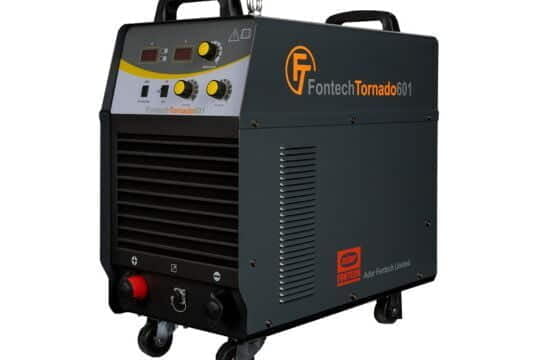
MIG Welding (Metal Inert Gas Welding)
MIG welding, often likened to a precision sewing machine for metal, uses a continuous wire feed to join metals. This technique is popular in automotive repair, manufacturing, and hobbyist projects due to its ease of use and efficiency. MIG welding is known for producing clean and strong welds, making it ideal for both thin and thick materials.
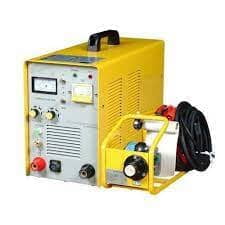
TIG Welding (Tungsten Inert Gas Welding)
TIG welding is renowned for its precision and delicacy, making it perfect for intricate designs and stainless steel applications. This method uses a non-consumable tungsten electrode to produce the weld. TIG welding is highly regarded in industries that require exacting standards, such as aerospace and high-end automotive manufacturing. Its ability to produce flawless welds on thin materials sets it apart from other techniques.
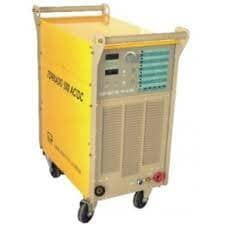
Laser Welding
Laser welding represents the cutting-edge of welding technology. It uses a focused laser beam to join materials with ultra-precision and minimal distortion. This technique is ideal for applications requiring high accuracy and speed, such as electronics, medical devices, and fine jewelry. Laser welding is transforming industries by enabling the production of complex and delicate components with unmatched precision.
Spot Welding
Spot welding is a technique commonly used in automotive and sheet metal applications. It joins metal sheets with localized heat, creating strong, durable bonds at specific points. This method is highly efficient and cost-effective for mass production, making it a staple in manufacturing processes where speed and reliability are crucial.
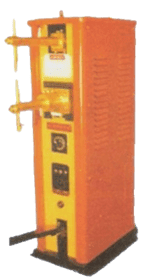
Submerged Arc Welding
Submerged arc welding is known for its efficiency and high deposition rate. This method involves welding under a blanket of flux, which protects the weld from contamination and improves its quality. Submerged arc welding is particularly effective for thick materials and large-scale projects, such as shipbuilding and structural steel fabrication. Its ability to produce deep welds with minimal surface preparation makes it a preferred choice for heavy industrial applications.
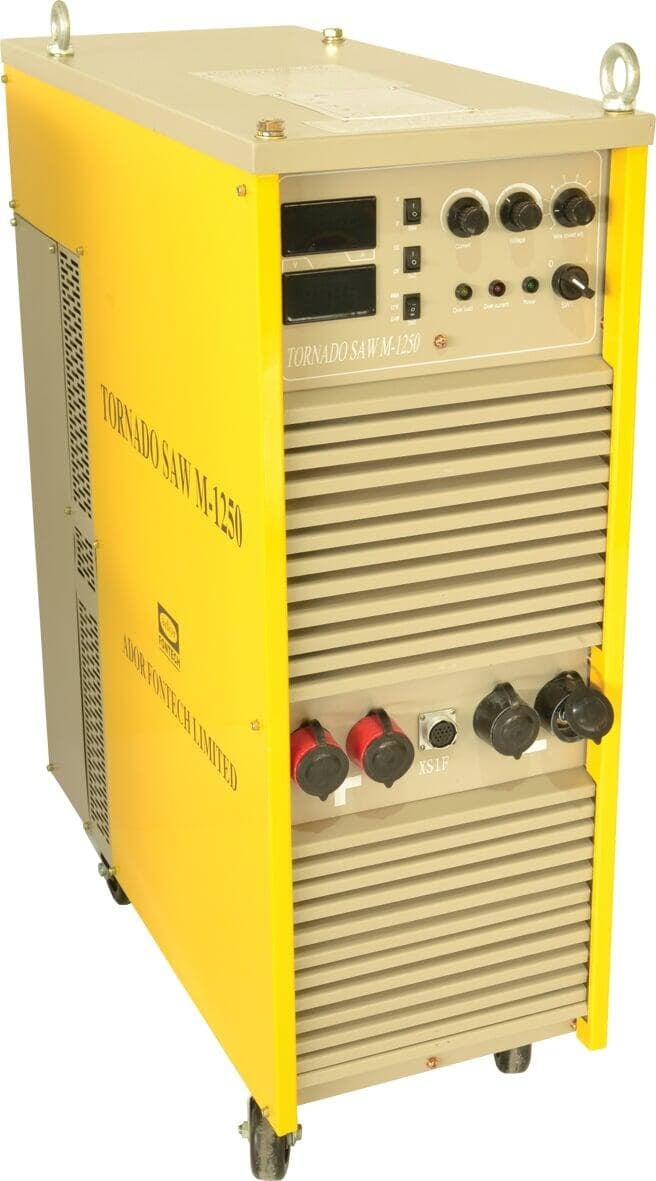
Safety First: Protecting Welders and Projects
Safety is paramount in welding. The use of protective gear, such as helmets, gloves, and aprons, is essential to shield welders from intense heat, sparks, and harmful UV radiation. Proper ventilation and fire prevention measures are also critical to ensure a safe working environment. Adhering to safety protocols not only protects welders but also ensures the quality and integrity of the finished project.

Tomorrow’s Welding Today: Embracing Technological Advancements
The welding industry is continually evolving, driven by technological advancements. Robots and automation are revolutionizing welding processes, increasing efficiency, precision, and safety. These innovations are pushing the boundaries of what is possible, enabling the creation of more complex and durable structures. As technology progresses, the future of welding promises even greater opportunities for innovation and excellence.
